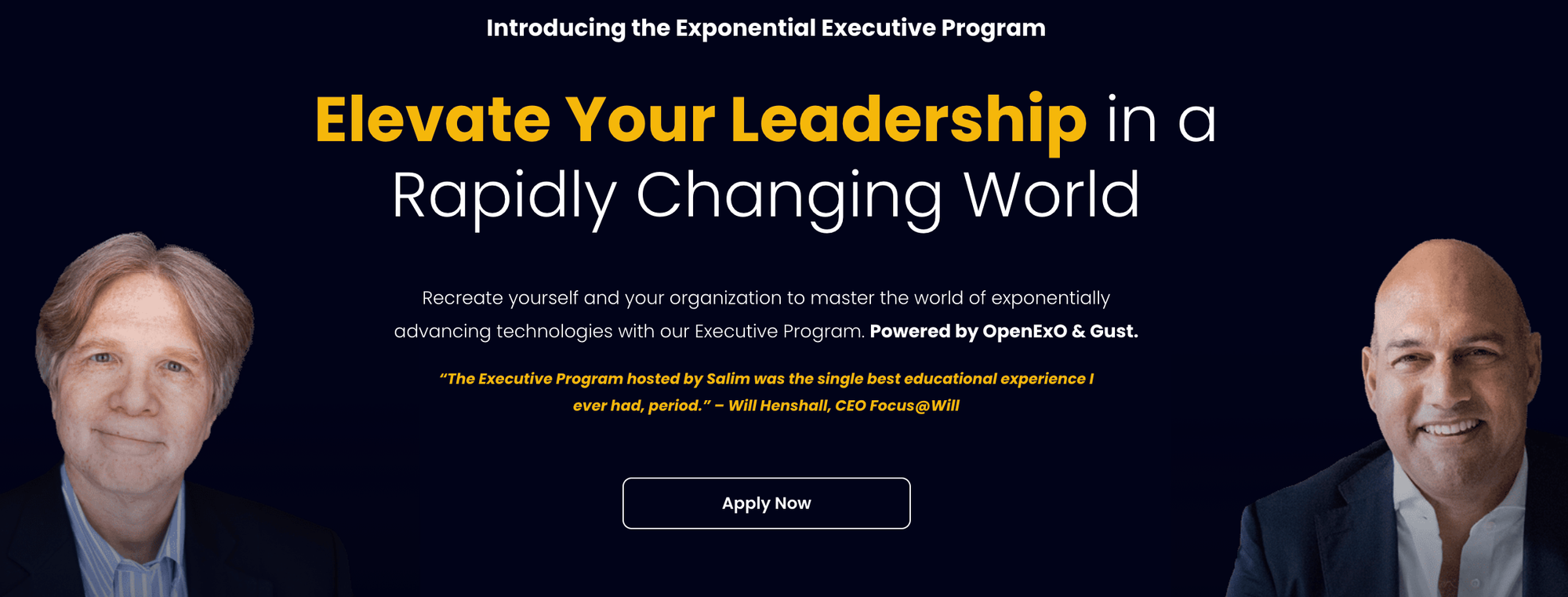
Why Altruism is Selfish: Psychology Explains the Paradox
Understanding the “benefit of giving” would improve social outcomes. Hence, thinking about the social effect of our choices is relevant when selfishness is aimed at maximizing the received value with the effect of positively impacting the people around us.
“The childhood of the human race is far from over. We have a long way to go before most people will understand that what they do for others is just as important to their well-being as what they do for themselves.” (William T. Powers)
How many times do we hear that billionaires devote a conspicuous amount of money to charity? Do you think it is genuine altruism or because they have so much money that they do not even know what to do with it?
When a colleague helps you at work, is it because they really care about your problem, or do they expect something in return?
Is altruism really “scopeless” and “no-profit” or a healthy form of selfishness? Does altruism really exist, and can it even be pathologic? Is selfishness really so bad?
Today, I am here again with another provocative article to make you think about the correct usage of words and their deep psychological (and biological) meaning. So, next time you will act as an “altruist” or “selfish” man/woman, think twice about the meaning of your gesture and reflect on whether being an altruist is in the end a form of implicit selfishness, with the return to make your soul feel better (e.g., the focus is directed on yourself and not the other).
How psychology influences altruism?
The word altruism is derived from the Latin word alteri, which means “other people” or “somebody else.” Indeed, altruism can be defined as the moral attitude and practice of giving unconditionally while expecting no reward and caring about the happiness of others. However, psychology debates that genuine altruism doesn’t exist in human behavior. Indeed, behind any gesture and act, there is always a self-centered gratification by which the “altruistic” person receives a “selfish emotional” reward to please the ego. Therefore, the act of giving would leave the giver in a state of happiness while feeding a circle of kindness and happiness in which “kind people are happy and happy people are kind.”
So, how would psychology influence altruism? Through empathy, an individual can understand and recognize the need of others while “unselfishly” reacting to help those who need support. This is accompanied by benevolence. Indeed, the wish to help others originates from kindness and giving without expecting a reward in return. Sympathy might reinforce the act of giving because feeling sorry for others and empathizing with others might enhance the sense of benevolence and the need to be helpful. Moreover, the act of giving can also be interpreted in the sense of “devoting time” to something or someone (e.g., charitable organizations). Therefore, sacrificial serving is the act of giving without claiming back any “payment.” However, this fact is very well connected with the feeling of fear and religious beliefs in which the act of giving can be translated into the fulfillment of “moral obligations.”
Read more on altruism in this essay.
Is selfishness the natural human behavior?
As the word suggests, selfishness is the need to serve “self” without considering others first. However, this is natural because humans tend to look after themselves first (e.g., survival). Although it may sound completely contrary to altruism, psychology says that these two concepts actually support one another. Indeed, Ayn Rand explains in her book the virtue of Selfishness, the concept that “the ultimate moral value, for each human individual, is his or her wellbeing.” This strengthens the belief that selfishness is a virtue leading individuals to protect themselves.
How would psychology influence selfishness? Greediness leads to selfishness. Greedy individuals show a tendency to keep things for themselves. This can be related to the possession of material items, dominance, and power, pushing them to wish for more. Besides, greediness leads to self-preservation which indicates the need for keeping and taking things for themselves. Are selfish people insecure? Insecurity may lead to the need to maintain resources, environments, or ideas without sharing them with others. This fact is well connected to self-ambition. Indeed, individuals driven by high ambition are not willing to share their “power, " which can be translated into ideas or spaces (e.g., in a workplace situation). Therefore, selfishness (and not sharing ideas) is key to succeeding over someone else and benefitting from the situation (e.g., getting a promotion).
Is altruism really different from selfishness?
The difference between altruism and selfishness can be evaluated across different layers such as:
- Emotional: either an “altruistic” or “selfish” person, both acts are characterized by certain emotions. Negative emotions can be attributed to selfishness, whereas positive emotions (e.g., empathy and benevolence) can be attributed to altruism. While fear can characterize both acts, selfish individuals may fear to loose property, whereas altruists may fear not giving enough.
- Social: from a social point of view, being altruistic is positive and acceptable. Altruistic people are perceived as kind, lovable and welcome. Differently, selfish individuals are perceived as uncaring, and lacking sympathy. However, selfishness can be accepted only in the case of self-preservation for the person and the family.
- Physical: altruism doesn’t ask for a return. However, the physical aspect of altruism is the act of helping and giving to others. On the other side, selfishness manifests on the physical level and is expressed by the need to keep things.
- Psychological: despite their differences, altruism and selfishness are driven by emotions and motivation, although different circumstances and events may influence our way to expresses these two tendencies. For instance, during their development, children overcome different selfish stages of growth. However, parenting style may influence how this natural attitude manifests in the future as selfishness or altruism.
Human behavior is a paradox: the win-win outcome
Defining the term “selfishness” can be intriguing. Indeed, if saying “selfish” refers to the fact that acts are performed only in the interests of the actor, all actions are selfish. Individuals' actions aim to create the life they desire (e.g., goals, dreams, ambitions, intentions, expectations, etc.). Thus no actions can be entirely “selfless.” Accordingly, a famous quote by William T. Powers says, “The childhood of the human race is far from over. We have a long way to go before most people will understand that what they do for others is just as important to their well-being as what they do for themselves.” Hence, what’s the purpose to help others? Based on that quote, individuals are “altruists” and help others because this action makes them feel better. In other words, helping others might well be the ultimate act of selfishness. Moreover, if individuals are driven by the need to keep the world in the way they prefer, this would influence the way individuals provide help, and in which this action would also represent a “business” and a process to keep control (see the “perceptual control theory”).
Are you sure that people are really “helping” you? How many times have you ever felt really “helped” by someone? The Golden Rule says, “Do unto others as you would have them do unto you.” Likewise, it says, “treat other people how you want to be treated.” However, to be really helpful, the Golden Rule should be reversed in the sense that we should treat others the way they want to be treated. Indeed, we cannot assume others’ preferences and needs and cannot pretend that these are like ours. Therefore, by understanding the concept of selfishness, and according to the Golden Rule, we might comprehend the effect that “selfish” acts have on people. A good way to do so would be to promote “considered selfishness” and not altruism. Accordingly, a proper way to consider social living and delivering help might be by “Providing authentic, genuine help through considered selfishness.”
"Research suggests those who act in the interests of others are not purely altruistic, but also seek personal benefits such as social recognition and self-satisfaction. So can we embrace our selfishness for the good of society?"
Understanding the “benefit of giving” would improve social outcomes. Hence, thinking about the social effect of our choices is relevant when selfishness is aimed at maximizing the received value with the effect of positively impacting the people around us.
What does research say about it?
Research proves that genuine and selfless altruism is rare. Indeed by helping others, people are driven by something more than giving social support [1]. Instead, what drives people is a fulfillment of an internal and personal benefit that originates from the act of providing help which leads to good vibes and feelings [2]. Nevertheless, although this perspective sounds selfish and self-directed, this is a “win-win” situation benefitting the giver (who feels good and morally correct) and the receiver (who receives the help and support).
From an economic and marketing point of view, the concept of altruism is central. It is more common to see altruism in public situations because of its major (and moral) impact on society while contributing to self-satisfaction, reinforcing the act of giving and helping [3]. Indeed, by behaving “altruistically,” individuals show a good image of themselves while supporting and empowering their social image and impact on society.
What about the social goods market? In this context, items that are sold are purchased to raise a social benefit (e.g., donations) [4]. Thus, the concept of self-interest can be investigated in which being selfish is good with the ultimate goal of benefiting others. Indeed, internal motivations drive an individual to purchase social products with the effect of increasing social support. For instance, besides telling a customer that “two trees were preserved because they purchased rainforest alliance coffee,” it would have a greater effect by saying that with their purchase they made a difference in the world (e.g., the social impact of their action). This translates into an “extra benefit for no additional costs.” On the other hand, however, the feeling of having done a donation (e.g., a good action to help a social problem), and receiving a card saying “thank you for your donation” (e.g., social recognition of this moral action) is directed toward a selfish feeling of feeling good. Not surprisingly, nowadays several private consumption products are matched with social benefits to enhance social support for charities or any other donation type. So why not be selfish if by purchasing an item we could even maximize the gain by feeling good due to our “charitable” action? Nothing else than a “win-win” situation.
Healthy selfishness and pathological altruism
Typically, altruism is perceived as acceptable and socially moral behavior, while selfishness as immoral and undesirable. But based on psychologists, selfishness is not always considered a negative act, and likewise, altruism is not absolutely genuine and good. A recent study published in Frontiers in Psychology in 2020 [5] established two scales to assess individual differences in two paradoxical forms of selfishness, namely healthy selfishness (HS), and pathological altruism (PA). In two experiments, two scales were validated in which HS and PA were measured. Results showed that HS was associated with higher well-being, psychological functioning, and prosocial attitude. Differently, PA was found to be related to lower psychological levels (dysfunctional outcomes), narcissism, and selfish motivations when helping other individuals. These findings are clearly unexpected demonstrating the complex nature of selfishness and altruism, which goes beyond typical beliefs concerning these two psychological dimensions and behaviors.
Furthermore, based on the evolutionary concept that altruism would be beneficial for the group, whereas selfishness would negatively affect altruism, a study published in PNAS explored the process of affinity and reciprocity supporting altruism to develop and evolve. According to recent models, punishment has been identified as a way to support the evolution of altruism, although punishment can be costly to the punisher while translating this behavior into a “second-order altruism.” Therefore, the model proposed by the study highlight a strategy of “selfish punisher” that consists of embracing selfish behavior in “first-order interactions” while behaving altruistically in “second-order interactions” by punishing other people who behave selfishly. In this way, punishers who act selfishly would cause selfishness to be a “self-limiting strategy”, and at the same time allow altruistic individuals to connect and coexist in a context of reciprocity and stability. In other words, this mechanism can be understood as a division of roles and mutualisms where the benefit acquired by actuating the “first-order selfishness” would support and guarantee a “second-order altruism.”
No acts are completely “selfless”
“Altruism is just a hedonistic desire of people to feel good about themselves.”
In this article, I discussed whether altruism is an authentic “selfless” behavior. However, any act is performed according to an (own) utility function. Sometimes our utility function can match the utility function of others. For instance, if helping others makes you feel good, this gesture fulfills your utility function (i.e., positive utility) and the function of others. However, although this sounds like a clear altruistic gesture, there is no completely selfless act. Indeed, to be fully selfless, and thus genuine altruism, by helping other you should not feel good and pleased about it. Helping others must not make you happy, or uplift you. If this is the case, your behavior might be considered altruistic, although this may hurt the traditional concept of altruism by which helping others would let you feel happy and satisfied.
Based on this assumption, altruism is selfish. But being selfish should not be considered immoral. Indeed, some moral philosophies say that people can only behave according to their self-interest and goals. Therefore, selfishness is not immoral itself. However, some actions can be perceived as immoral and due to this fact, the entire concept of selfishness has been considered negative and bad. Humans by nature should act in their own self-interest because it is rational and obvious. However, if this “self-interest” also includes supporting and helping others, anyone should be reinforced in being “selfish.”
Probably, the major concern and debate are to define what is moral or immoral, not selfishness or selflessness. Indeed, neither selfishness nor selflessness knows morality. Only the character of the agent, and neither the selfishness nor selflessness of the action determines its morality.
“Any pleasure that does no harm to other people is to be valued.”– (Russell, 1930)“What we value so much, the altruistic ‘good’ side of human nature, can also have a dark side. Altruism can be the back door to hell.” – (Oakley et al., 2012)
TEDx Talks YouTube Channel
References:
- Crumpler, H. & Grossman, P. 2008 An Experimental Test of Warm Glow Giving. Journal of Public Economics, 92(5-6), pp. 1011-1021.
- Feddersen, T. & Sandroni, A. 2009 The Foundations of Warm Glow Theory. Working Paper.
- Harbaugh, W. 1997 What do Donations Buy? A Model of Philanthropy Based on Prestige and Warm Glow. Journal of Public Economics, 67, pp. 269-284.
- Small, D., Loewenstein, G. & Slovic, P. 2007 Sympathy and Callousness: The Impact of Deliberative Thought on Donations to Identifiable and Statistical Victims. Science Direct, 102, pp. 143-153.
- Kaufman SB and Jauk E (2020) Healthy Selfishness and Pathological Altruism: Measuring Two Paradoxical Forms of Selfishness. Front. Psychol. 11:1006. doi: 10.3389/fpsyg.2020.01006

We're excited to launch the Exponential Executive Program together with Gust! Transform your leadership and navigate the future of technology. 🚀
Spend a full week with Salim Ismail & David Rose. Discover more about the Executive Program here
ExO Insight Newsletter
Join the newsletter to receive the latest updates in your inbox.









